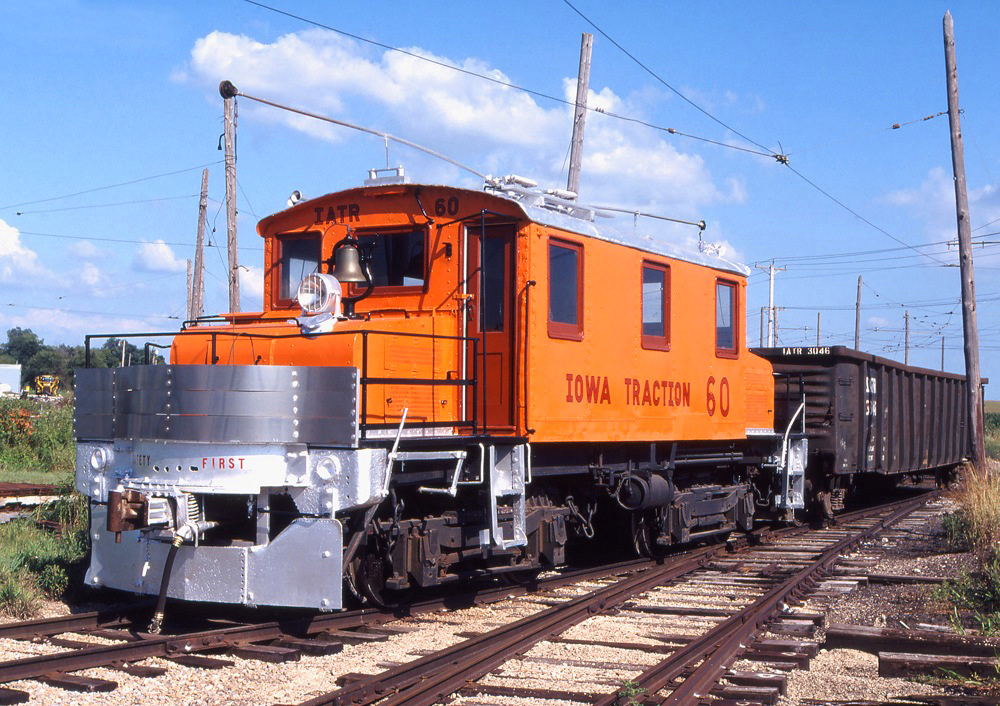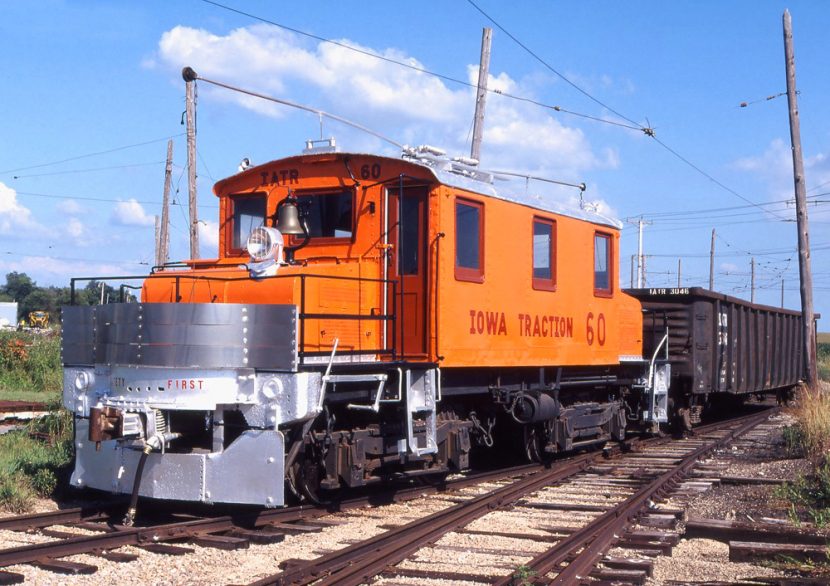The course also went over facts that would be beneficial to the firefighters, such as understanding that most ice water rescues are going to take place at the beginning and ending of winter, when the ice is more brittle.“It helps to brush up on those skills that you don’t use all the time,” Lamb said. […]

The course also went over facts that would be beneficial to the firefighters, such as understanding that most ice water rescues are going to take place at the beginning and ending of winter, when the ice is more brittle.“It helps to brush up on those skills that you don’t use all the time,” Lamb said. “You don’t get those calls all the time, but when you do, it helps you be prepared.”
BARAGA — Water-related rescue operations are dangerous to begin with. When those rescues occur during the winter, it adds an additional level of risk.
“I’m always blown away and incredibly humbled and grateful at the amount of effort that the Baraga and Houghton area puts in,” he said. “And the students are very astute learners.
There was an emphasis placed on keeping civilian bystanders back from the scene of emergency to limit the interference they hold on the rescue. The hysteria of civilians can put pressure on rescuers and thus have them more prone to make mistakes.

The training began with an evening course on Friday at which the firefighters viewed a variety of footage of ice water rescues and analyzed each situation. The videos would be critiqued for any mistakes that were made or complimented for efficient actions taken by the rescuers. When first responders go into an emergency without getting bearings on other potential dangers or miss details which can suggest certain injuries of a victim, there are more opportunities for the victim to be placed in further danger or the rescuers becoming victims themselves.
Mike Bernard, in red, with Midwest Fire Tactics and Training, observes local firefighters conduct an ice water rescue with an inflatable rescue boat near the Baraga Marina Saturday. (Ben Garbacz/Daily Mining Gazette)
When utilizing the rescue boat, the firefighters pulled the boat up to the edge of the water. The two ends of the boat are open ended, which allow the victim to be surrounded by the edges of the boat.
They are very engaged, they want to be here and they definitely want to get back to the community. And that’s something that really shows during their training.”
Mike Bernard, right, with Midwest Fire Tactics and Training, gives instructions to firefighters conducting ice water rescue training near the Baraga Marina Saturday. The simulated rescues involved conscious and unconscious victims. (Ben Garbacz/Daily Mining Gazette)
Firefighters were encouraged to assess the overall situation to prevent a chaotic atmosphere when performing a rescue.
Baraga County Training Coordinator Garrick Lamb said the training was put together to enhance skills that are not utilized on a regular basis.
Rescuers also will try to get the victims to grab the edge of the ice while they are making their way out to the victim to get him or her to cease expending energy.
The firefighters had one of their members play the role of a victim and they simulated various stages of severity to the victim’s condition. They performed rescues of victims who were conscious and unconscious and practiced their communication and methods of rescue.
Nate Furton with Midwest Fire Tactics and Training said that he always enjoys instructing the firemen in this region of the Midwest.
The next day after the classroom course came the on hands training at the Baraga Marina. A chunk of ice was cut out of the ice in L’Anse Bay to practice rescues. The ice rescues were utilizing foam tubes and a blow-up rescue boat.
Firefighters from Baraga, Pelkie, Chassell, Hurontown and Michigamme conducted ice water rescue training through Midwest Fire Tactics and Training Friday and Saturday. The firefighters participated in the Ice Rescue Technician class to learn how to assess the severity of an ice emergency and how to perform rescues with a variety of equipment including a rescue boat.
The fireman on the boat places a tube around the vicim, and then lays down on the rescue boat. Other rescuers then pull the boat with the line attached to it and this pulls both the victim and primary rescuer away from the break in the ice.
When using the tubes, a firefighter would crawl on his or her belly to distribute body weight and decrease chances of further fracturing ice. They would then place the tube around the victim and have the victim kick his or her legs to push themselves forward as the firefighter pulled the victim out of the water, assisted by other fireman who have ahold of a line connected to the primary rescuer.
One other thing that was gone over was a look in at the firefighters themselves. The course acknowledged that first responders are often subjected to harrowing experiences and sights that few are ever subjected to. The firefighters were highly encouraged to never hold in traumatic experiences and to utilize resources which give them the ability to convey their experiences to professionals.
The course also emphasized teamwork, and while this was seemingly obvious, mistakes that occur with the lack of communication can lead to the situation becoming far more dangerous. The firefighters learned that 60% of victims are “would be rescuers” and while this is attributed mostly to civilians, it demonstrates how easily a heroic action can turn to another life in peril.














